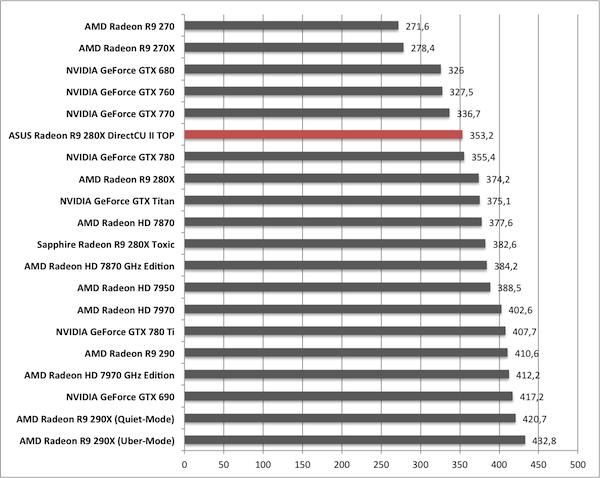Your statement about FreeSync is a little inaccurate, but you could well be right about its adoption. I feel like it's worth explaining some things to those interested in this tech and G-Sync.
A monitor supporting FreeSync will not require any proprietary AMD technology in it, this seems to be accurate to say. However, FreeSync is a proprietary, AMD-only feature that uses DisplayPort Adaptive-Sync as its base. The difference between FreeSync and G-Sync is that, in the case of FreeSync, the proprietary technology is confined to the GPU and software alone. FreeSync is not open-source.
Although the display wont need a G-Sync-style ASIC or FPGA, it will require a panel that has suitable properties to support the features of FreeSync. This will cost more than your average panel of similar type. So while the display cost could be less than a similar G-Sync display, the price will still be greater than that of a panel that supports neither technology. This from AMD's
FAQ.
"However, dynamic refresh rate technologies like Project FreeSync depend on robust LCD panels capable of utilizing a wide range of refresh rates without demonstrating visual artifacts. Such LCD panels naturally cost more to manufacture and validate, potentially making them economically unsuitable for ​especially cost-conscious monitor SKUs."
As of right now, we still don't know if the two technologies are directly comparable in all ways. G-Sync in its current form apparently has to poll the display, whereas FreeSync does not. Polling adds latency. Having said that, the reviews of the ROG Swift show that the response time of the display is excellent, so who knows whether that matters in real world use. FreeSync can support refresh rates as low as 17Hz, whereas G-Sync's low end is 30Hz. FreeSync displays are still some way from being available, so we wont know how the two approaches compare for months yet.


